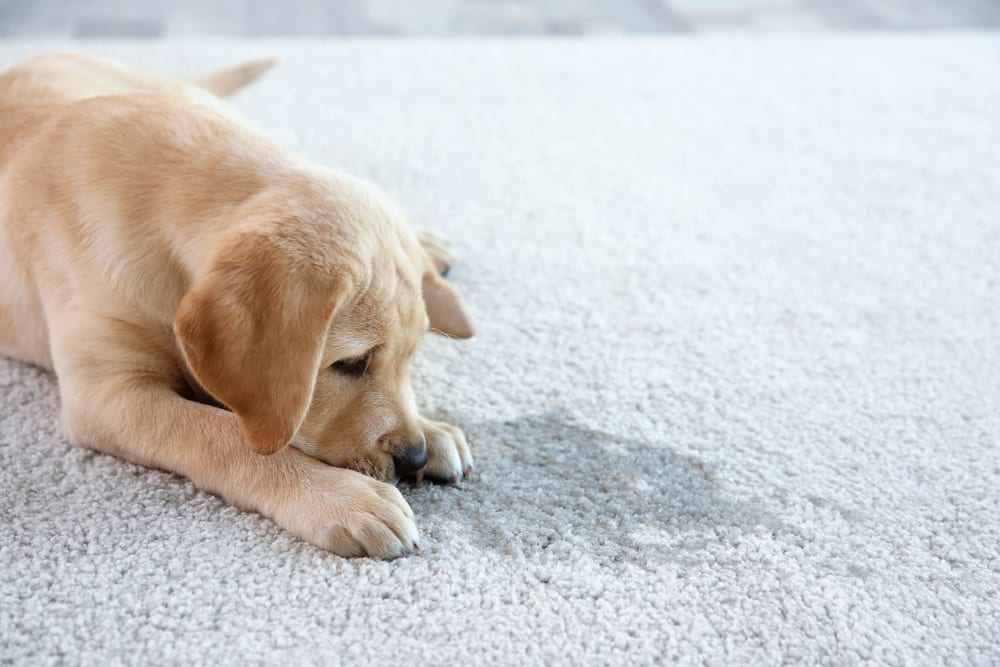
Understanding the Difference Between Wear and Tear and Accidental Damage
 Your tenants have moved out after your final inspection of the property, and after comparing it to the initial condition report, you realise things aren’t all that good. The first thing you’ll likely do is freak out and withhold the bond, but of course your tenants are going to claim that the damage is the result from normal wear and tear.
Your tenants have moved out after your final inspection of the property, and after comparing it to the initial condition report, you realise things aren’t all that good. The first thing you’ll likely do is freak out and withhold the bond, but of course your tenants are going to claim that the damage is the result from normal wear and tear.
This situation can give rise to tension, and if you’re not careful, it can result in your tenants bashing you on social media and filing a report with the Civil and Administrative Tribunal, which is the last thing you want.
But the problem here is that there is a lot of grey area when it comes to what is wear and tear and what is accidental damage. To get some clarity on the issue, here are some things to consider:
What is Wear and Tear?
Wear and tear is the normal deterioration of a property from ordinary use. This can come from exposure to the elements, time, and day-to-day living. Although the laws vary according to the state or region you’re in, most people accept this definition.
Fair Wear and Tear—Landlords are Responsible, Insurance Isn’t
This category describes issues such as:
- Faded curtains and frayed cords
- Dents in furniture and traffic marks on carpet
- Scuffed or scraped wooden floors
- Faded, chipped or cracked paint
- Worn countertops
- Loose hinges
- Cracks in walls from house movement
- Water stain on carpets from leaky roofs
- Worn paint near light switches.
Damage Covered by Insurance Companies
Typically, tenants are only responsible for negligent, irresponsible or intentional actions that damage the property.
Deliberate Acts
This refers to an act carried out with malice and without permission, and also with the full knowledge that the action will alter the current state of the property.
Malicious Damage or Vandalism
This means a wrongful act motivated by malice, vindictiveness or spite.
Accidental Damage
This type of damage is defined as any unexpected or unforeseen damage to an insured property.
Some examples of damage tenants would be responsible for are:
- Missing curtains or curtains torn by pets
- Dog urine in the home
- Stains or burn marks on the carpets
- Gouged wooden floors
- Unapproved or poor paint jobs
- Broken glass from kids hitting a ball through the window
- Holes in walls left by hooks or nails placed by tenants
How to Prove Fair Wear and Tear
The best thing to do is to document as much as you can. Take pictures, and even videos, of the home before new tenants move in, and make sure to get signatures on all condition reports. Doing this fairly and accurately should make it easy to prove fault when there is damage.
How to Avoid Disputes
To prevent any problems from arising, make sure to do inspections of the home as often as is allowed by law. Make sure tenants are honouring lease terms, and try to identify any issues as they come up, instead of waiting until your tenants have moved out. It will be much easier to work out a solution right after something happens as compared to months down the road.